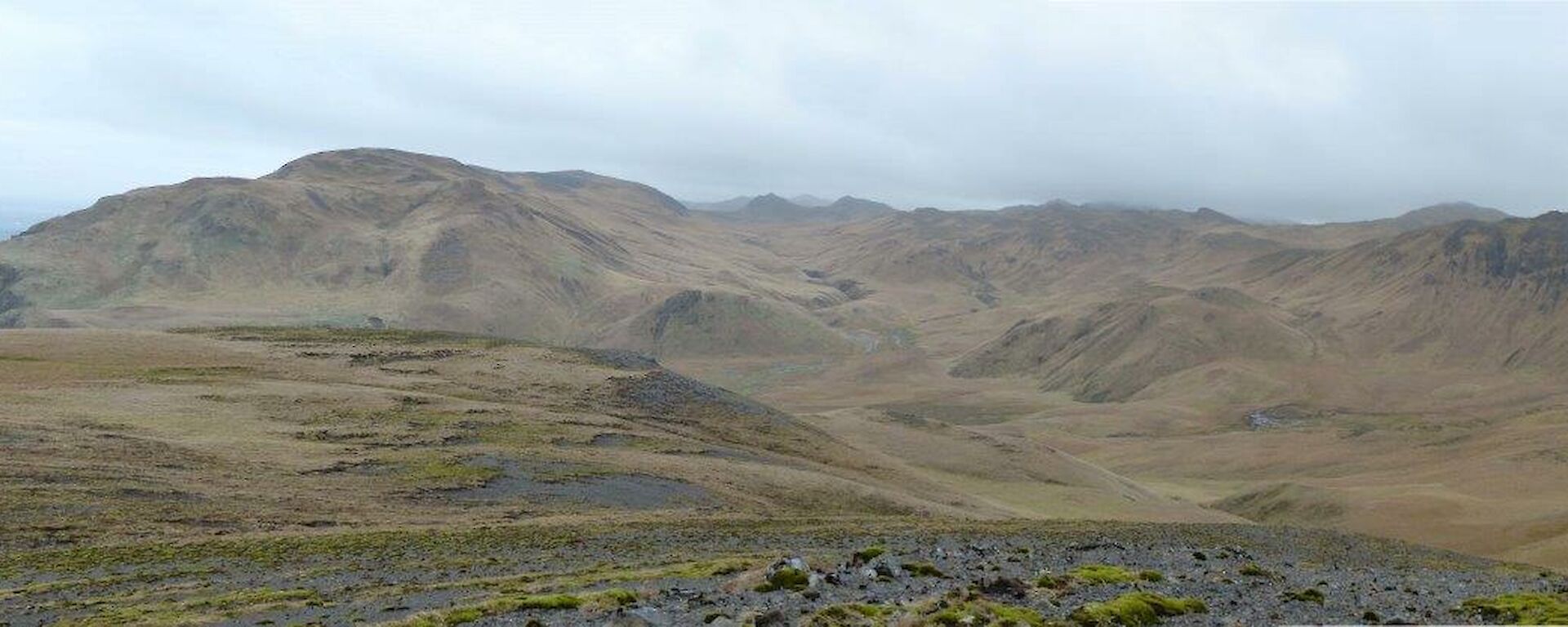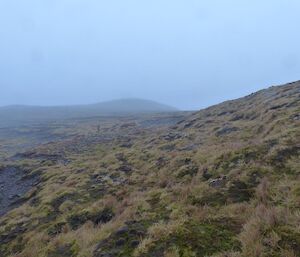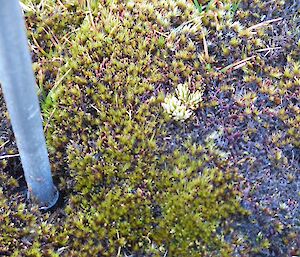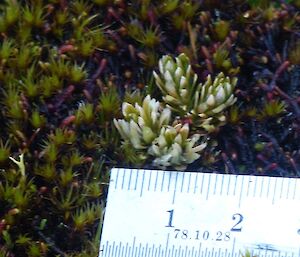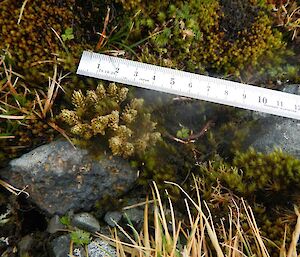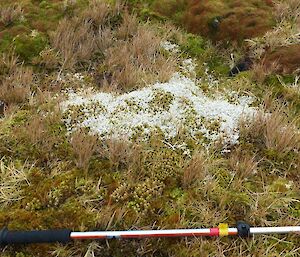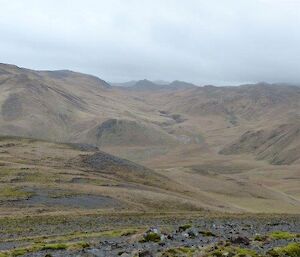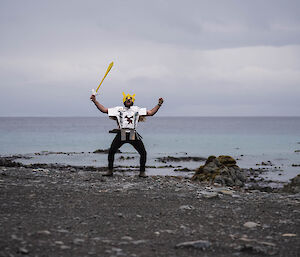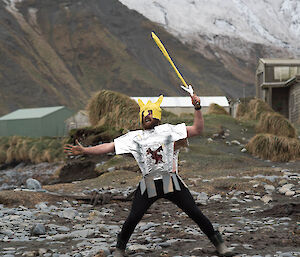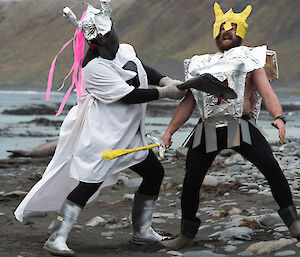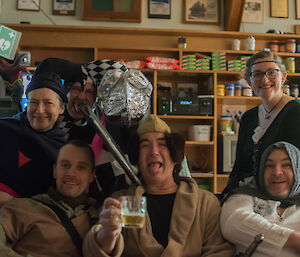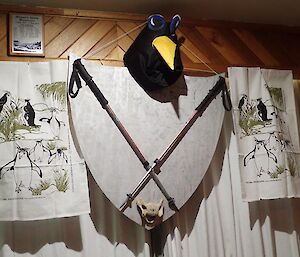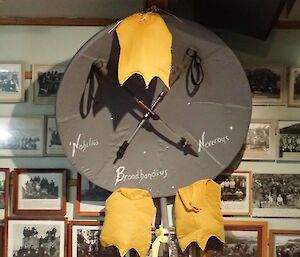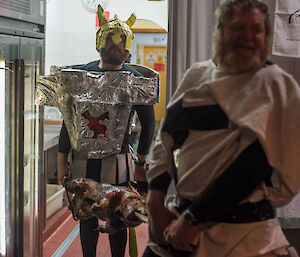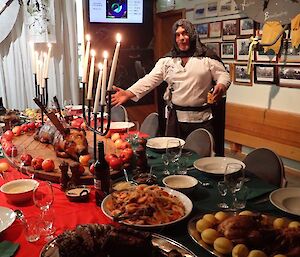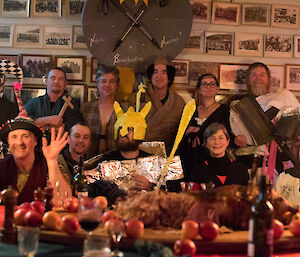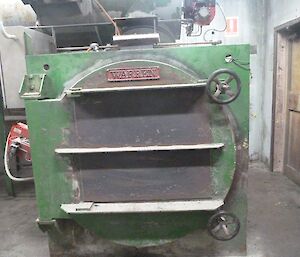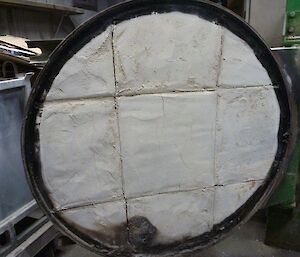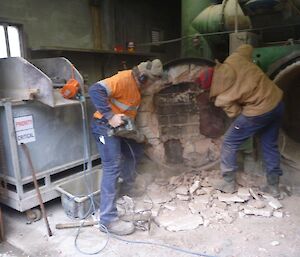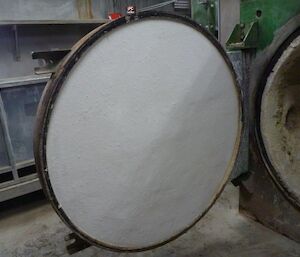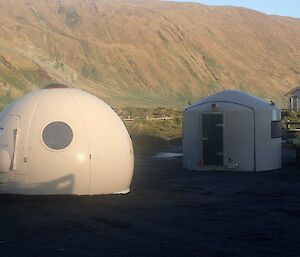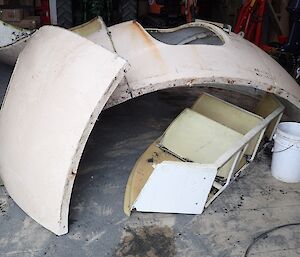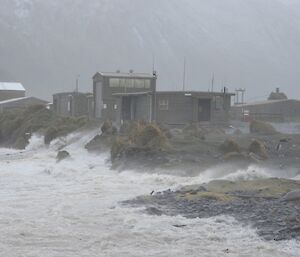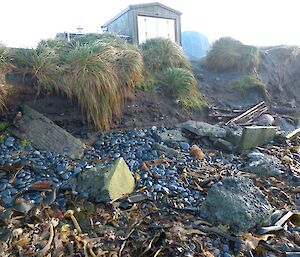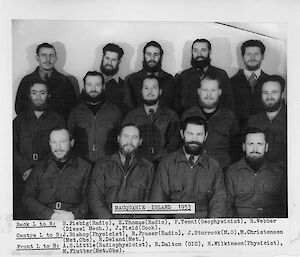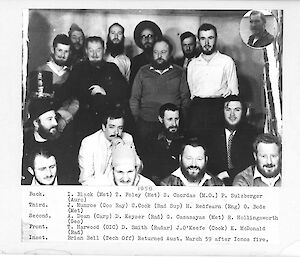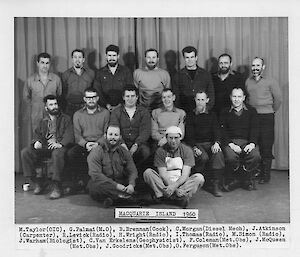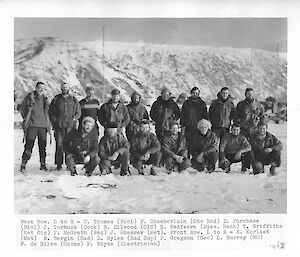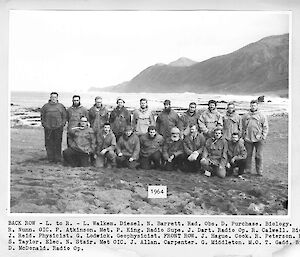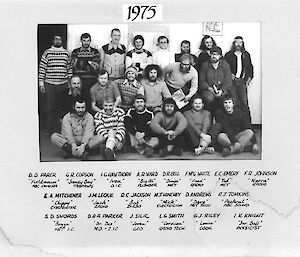The airwaves over Macca are fair bit quieter these days and the field huts not nearly as busy as they were during the Macquarie Island Pest Eradication Project (MIPEP). The reminder of the success of the project is ongoing, certainly more evident to people that are familiar with the island landscape from previous times. The revegetation process is certainly kicking into gear now as the plants of the island rebound with new-found vigour.
I first came to Macca early in 2013 with the last MIPEP team. I was amongst a new generation of ranger that would thankfully not see rabbits on the island. Mind you, there was plenty of old poo, the odd skeleton or mummified carcass discovered by the hunting teams and their dogs. However, the battered landscape of severely grazed tussock, megaherbs and the very short cropped grasslands was proof enough of how things had been. The hunters and dogs went about their job patiently scouring the countryside looking for clues of rabbits or rodents — the smallest clue was sign of more to be done. The success of the project of course came in April 2014.
I was particularly reminded of the dedication and diligence of the hunters on my last trip to the field. Taking a break from the track markers task, I was revisiting sites hoping to confirm the ongoing presence of one of the rarer plant species on the island — Huperzia australiana. This small epiphytic plant looks not unlike a ‘tiny pine tree’ and grows to about 60 millimetres tall. On Macquarie Island, this species is listed as rare and was confirmed at only a handful of locations up on the plateau. An added bonus of having so many people in the field with MIPEP was that eager eyed hunters were often able to report the presence of the plant at different locations. By projects end, Hyperzia australiana was recorded at just over 30 locations.
Most recently I was checking on the status of some of these previous sightings, checking on the plant status as well as gathering additional site information that could be added to the DPIPWE Natural Values Atlas, an electronic database that helps guide decision management processes on the reserve. Data collected included site soil type, slope, landform, plant associations, area occupied, potential threats, plant number, and breeding status — all valuable information. Site data I had on hand for my job was quite simple, a set of GPS coordinates, observation date, maybe a rough site description and a number of plants (on this occasion — one plant observed by Leona at a site south of Mount Law). There were a number of sites to check in the general area of Leona’s observations, so it was well worth deviating off the normal track network to follow up.
I set off from Green Gorge Hut on an average Macca day, with overcast grey skies and a clear view of the plateau. Of course that all changed by the time I got up on top — low cloud and visibility reduced to 100 metres. Relying mainly on the GPS, I navigated to the plant site — watching as the distance gradually decreased on the screen, finally the proximity alarm indicating arrival at the site! Treading carefully knowing that I was looking for a needle in a haystack, a careful search of the site finally paid off — one little plant 20 millimetres high, 20 millimetres across! An interest in plants and a passion for the island combined to keep the motivation up as the visibility and temperature decreased, and the wind picked up! I checked out a few more sites on the way back down to the hut and confirmed all sites previously recorded had plants present.
Quietly processing the data back at the hut that night, I couldn’t help but reflect on times past, thinking about the people that had been to Macca. Day after day, week after week, they methodically walked the hills, checked the ground, searching for signs often in the fog, most often in the wind and the elements, and to stay focused enough to pick up a plant so small… a job well done!
As for the Huperzia australiana population on Macquarie Island, there are now almost 70 site registrations for the species. Some sites I’ve visited recently have recorded 70 or more plants, some specimens up to 70 millimetres tall… the plant is still not common but certainly appears to be enjoying life after rabbits.
Chris Howard

